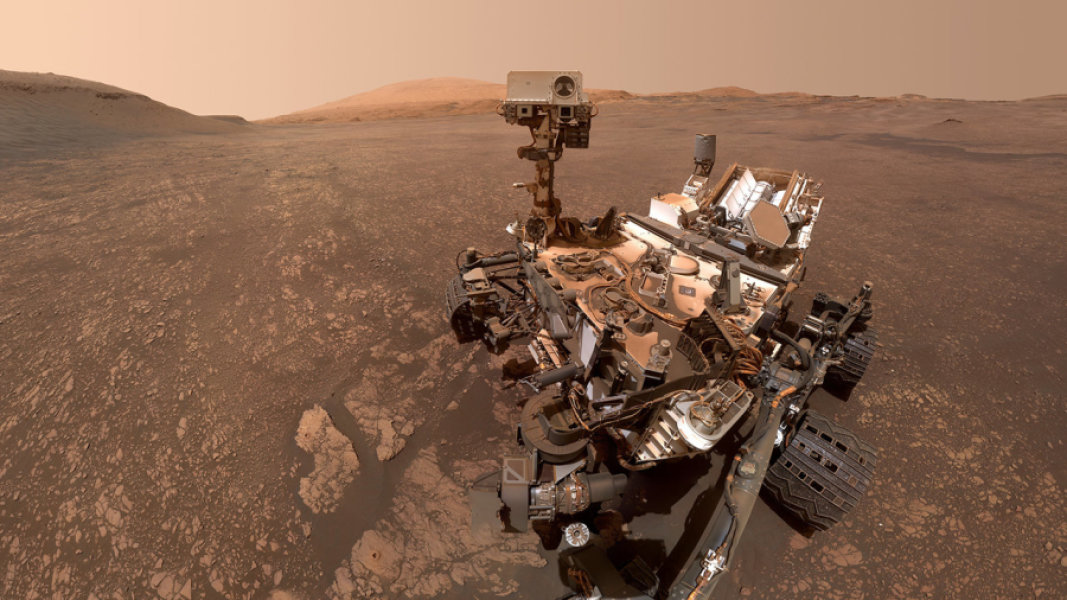Inbox and Environment News: Issue 424
October 13 - 19, 2019: Issue 424
Plastic Bag Ban Bill May Not Pass Lower House
Sandbucket Cafe North Narrabeen Presents: Free Metal Straw Day
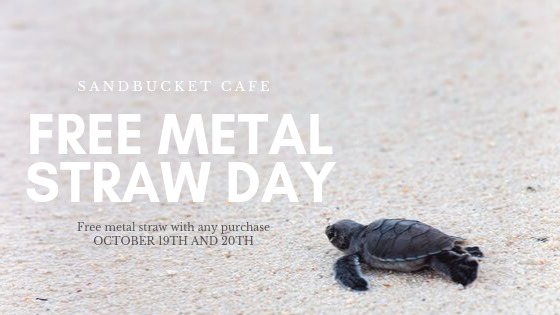
Bilgola Beach Clean Up
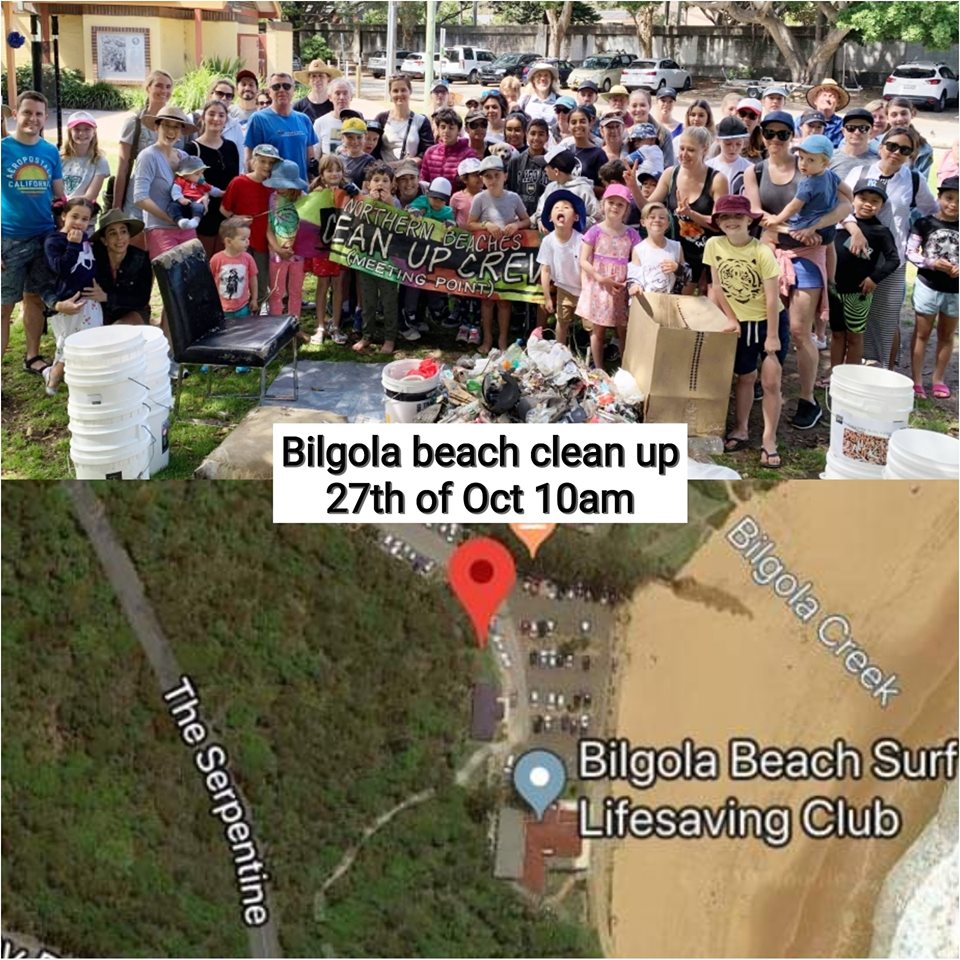
Avalon Boomerang Bags Update
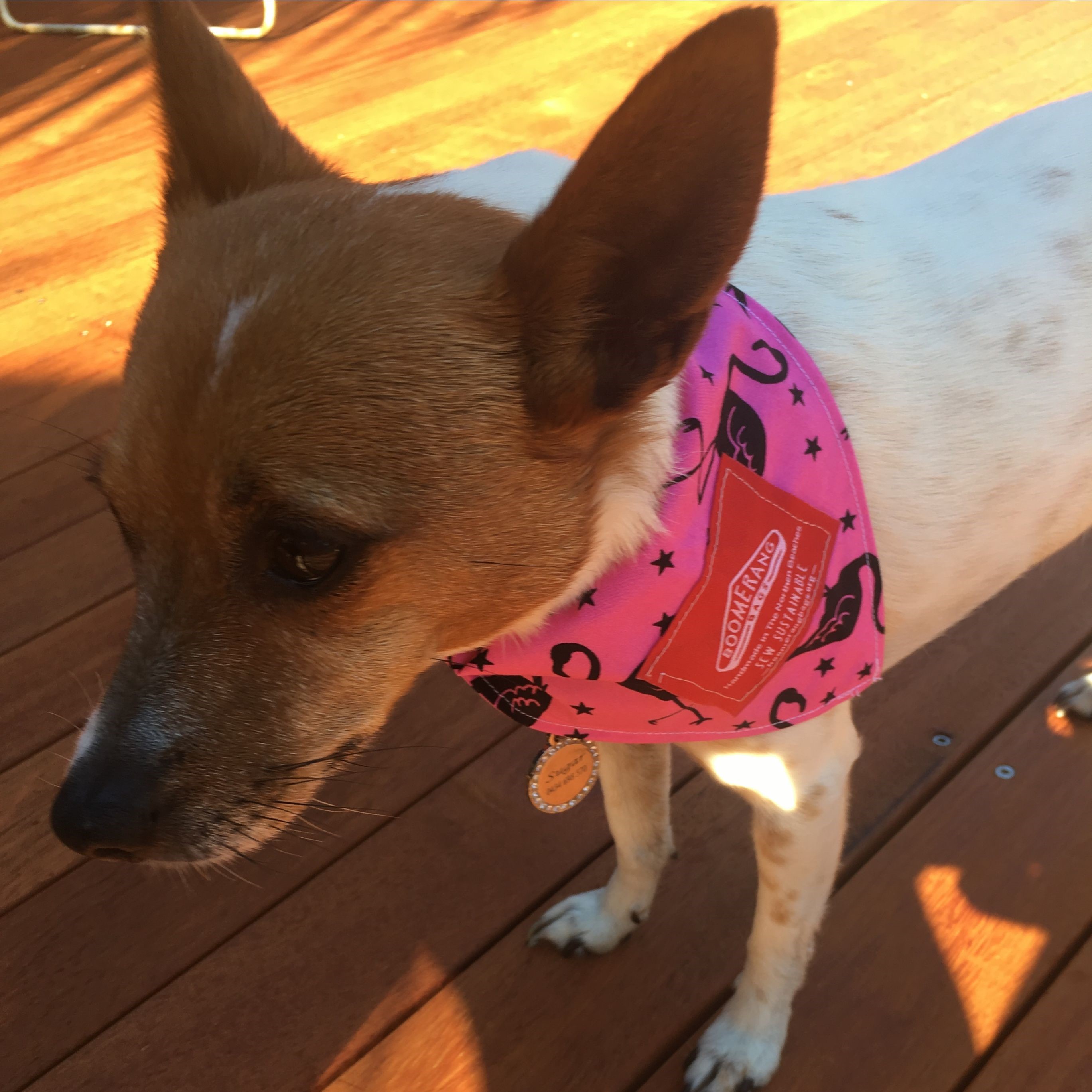
Bushcare In Pittwater
Where we work Which day What time
Avalon
Angophora Reserve 3rd Sunday 8:30 - 11:30am
Avalon Dunes 1st Sunday 8:30 - 11:30am
Avalon Golf Course 2nd Wednesday 3 - 5:30pm
Careel Creek 4th Saturday 8:30 - 11:30am
Toongari Reserve 3rd Saturday 9 - 12noon (8 - 11am in summer)
Bangalley Headland 2nd Sunday 9 to 12noon
Bayview
Winnererremy Bay 4th Sunday 9 to 12noon
Bilgola
North Bilgola Beach 3rd Monday 9 - 12noon
Algona Reserve 1st Saturday 9 - 12noon
Plateau Park 1st Friday 8:30 - 11:30am
Church Point
Browns Bay Reserve 1st Tuesday 9 - 12noon
McCarrs Creek Reserve Contact Bushcare Officer To be confirmed
Clareville
Old Wharf Reserve 3rd Saturday 8 - 11am
Elanora
Kundibah Reserve 4th Sunday 8:30 - 11:30am
 Mona Vale
Mona Vale Mona Vale Beach Basin 1st Saturday 8 - 11am
Mona Vale Dunes 2nd Saturday+3rd Thursday 8:30 - 11:30am
Newport
Bungan Beach 4th Sunday 9 - 12noon
Crescent Reserve 3rd Sunday 9 - 12noon
North Newport Beach 4th Saturday 8:30 - 11:30am
Porter Reserve 2nd Saturday 8 - 11am
North Narrabeen
Irrawong Reserve 2nd Saturday 2 - 5pm
Palm Beach
North Palm Beach Dunes 3rd Saturday 9 - 12noon
Scotland Island
Catherine Park 2nd Sunday 10 - 12:30pm
Elizabeth Park 1st Saturday 9 - 12noon
Pathilda Reserve 3rd Saturday 9 - 12noon
Warriewood
Warriewood Wetlands 1st Sunday 8:30 - 11:30am
Whale Beach
Norma Park 1st Friday 9 - 12noon
Western Foreshores
Coopers Point, Elvina Bay 2nd Sunday 10 - 1pm
Rocky Point, Elvina Bay 1st Monday 9 - 12noon
Work Continues To Protect Manly's Penguin Population
Murray-Darling Basin Community Survey
Snowy 2.0 Environmental Impact Statement
Blue Mountains Radiata Plateau To Be Protected Forever
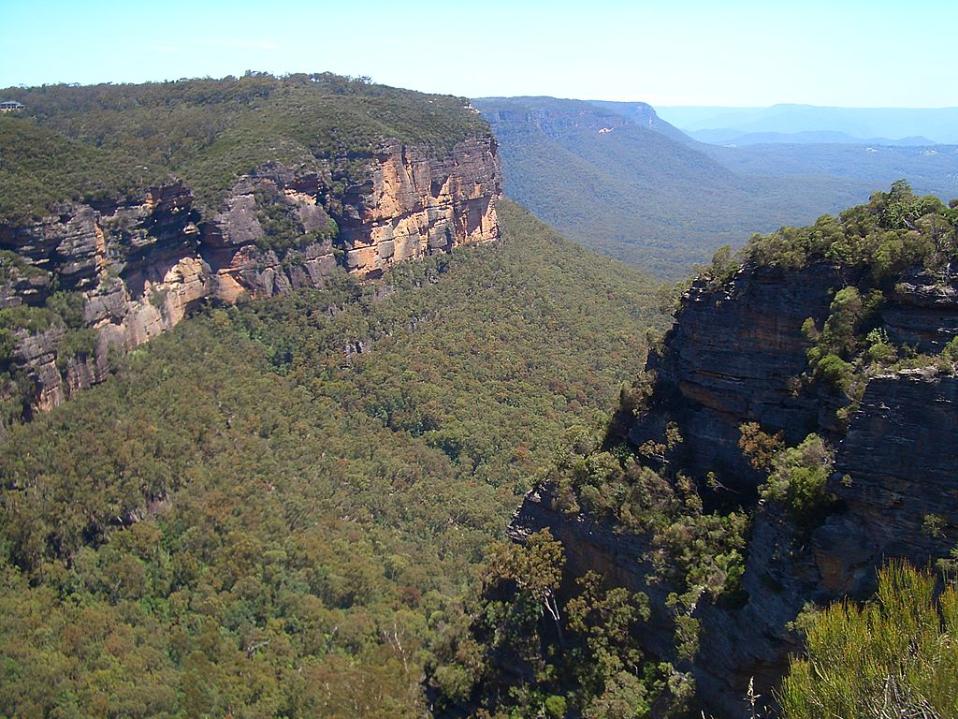
Drones Discover New Population Of Lily
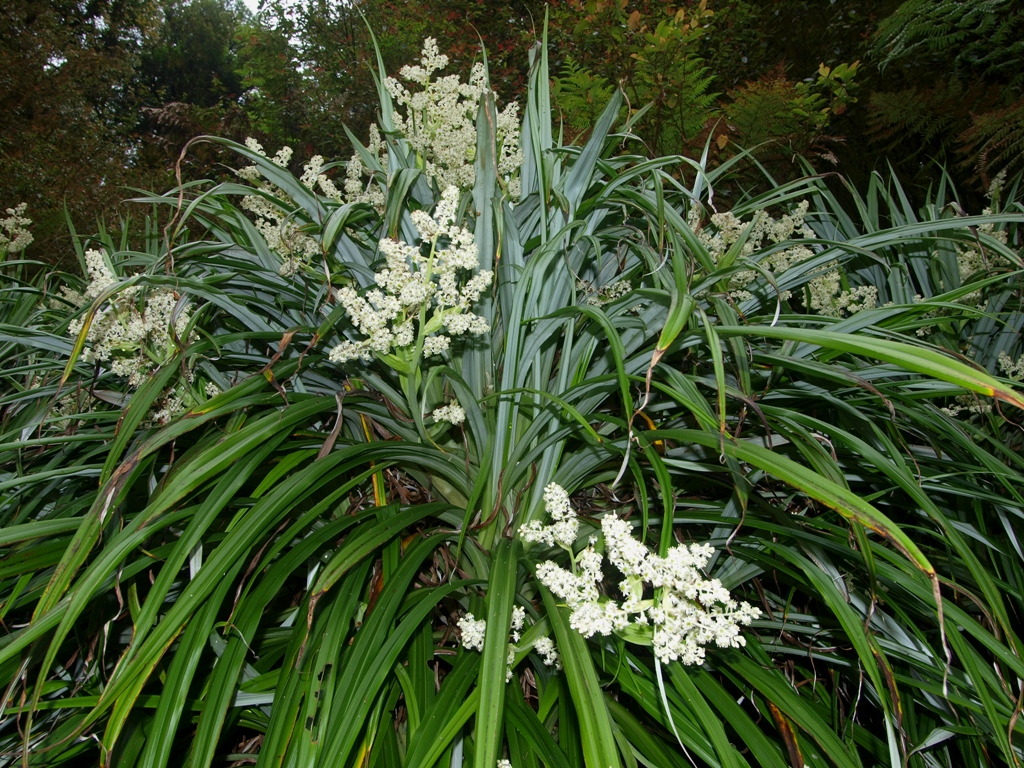
Fish Care Volunteers Needed For Long Reef
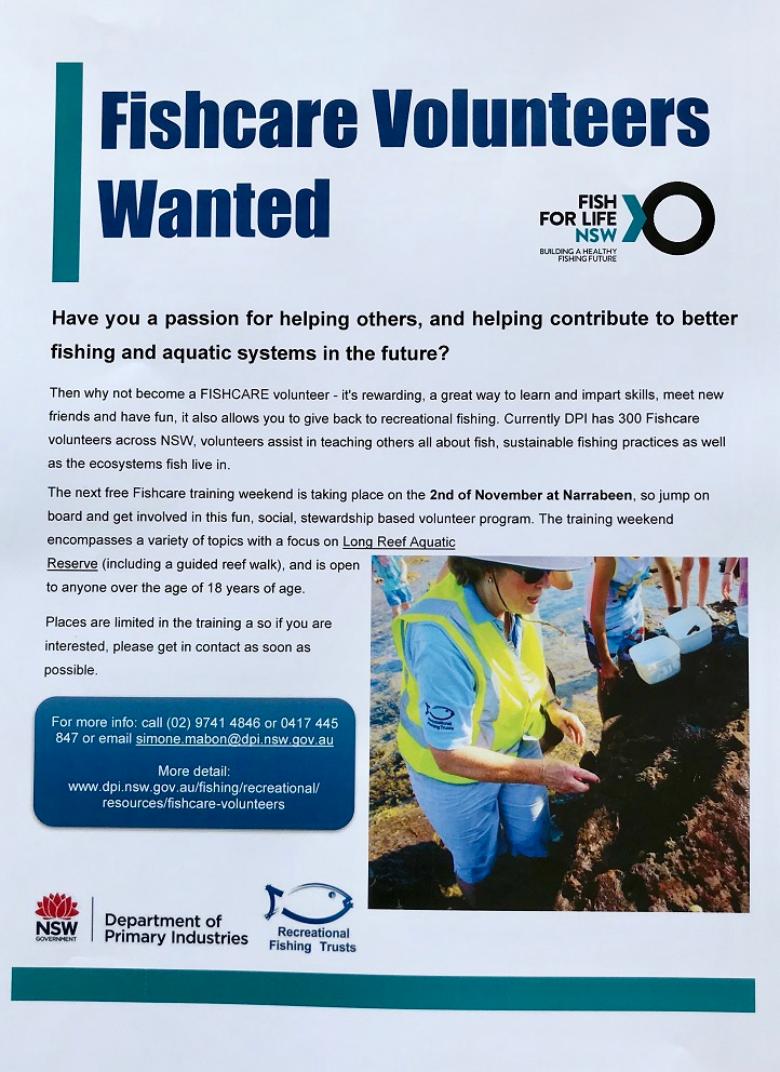
Aussie Bread Tags Collection Points

March Against The Central Coast Coal Mine 2 - At Wyong
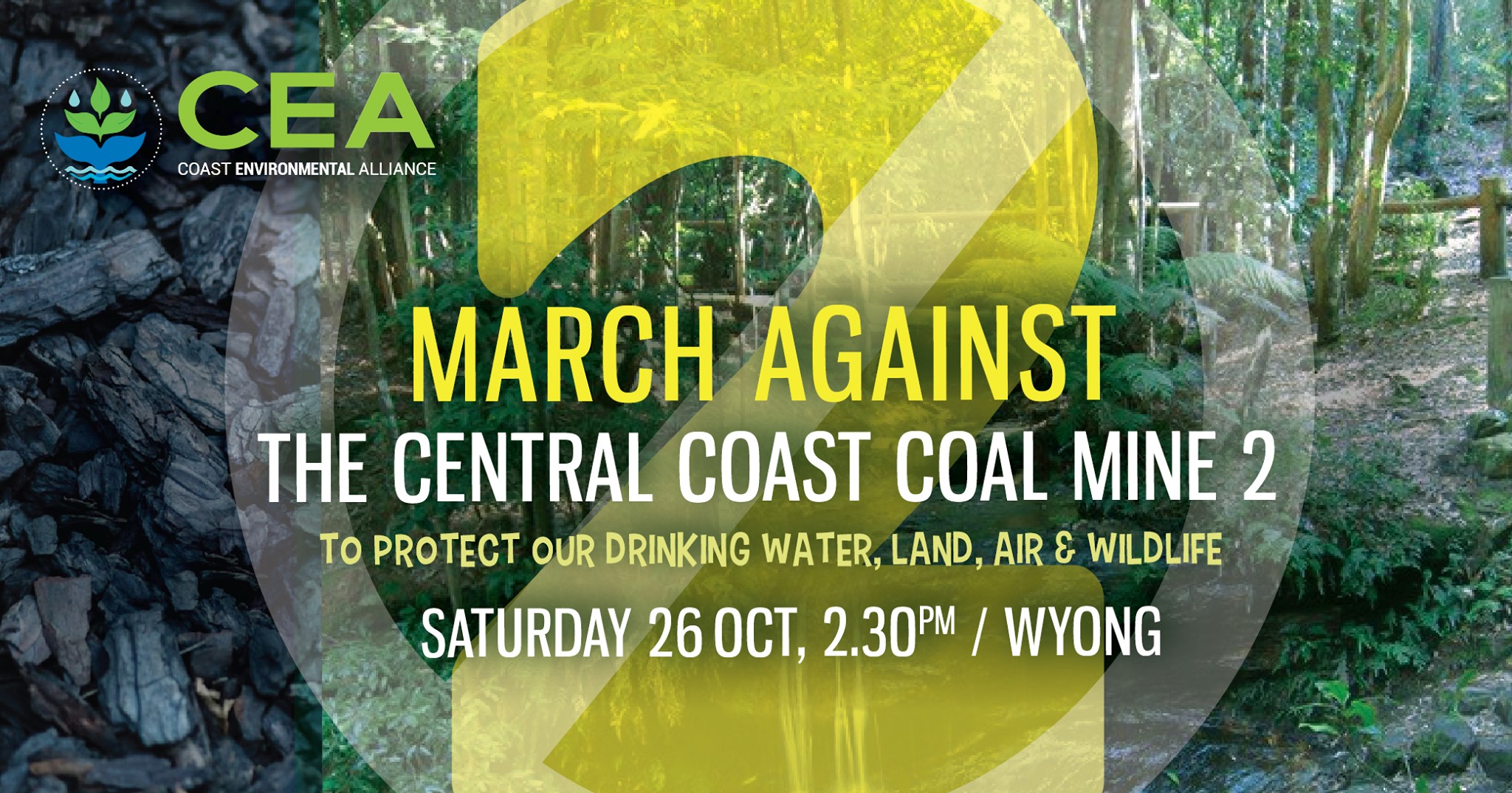
Archie's Pittwater Clean Up
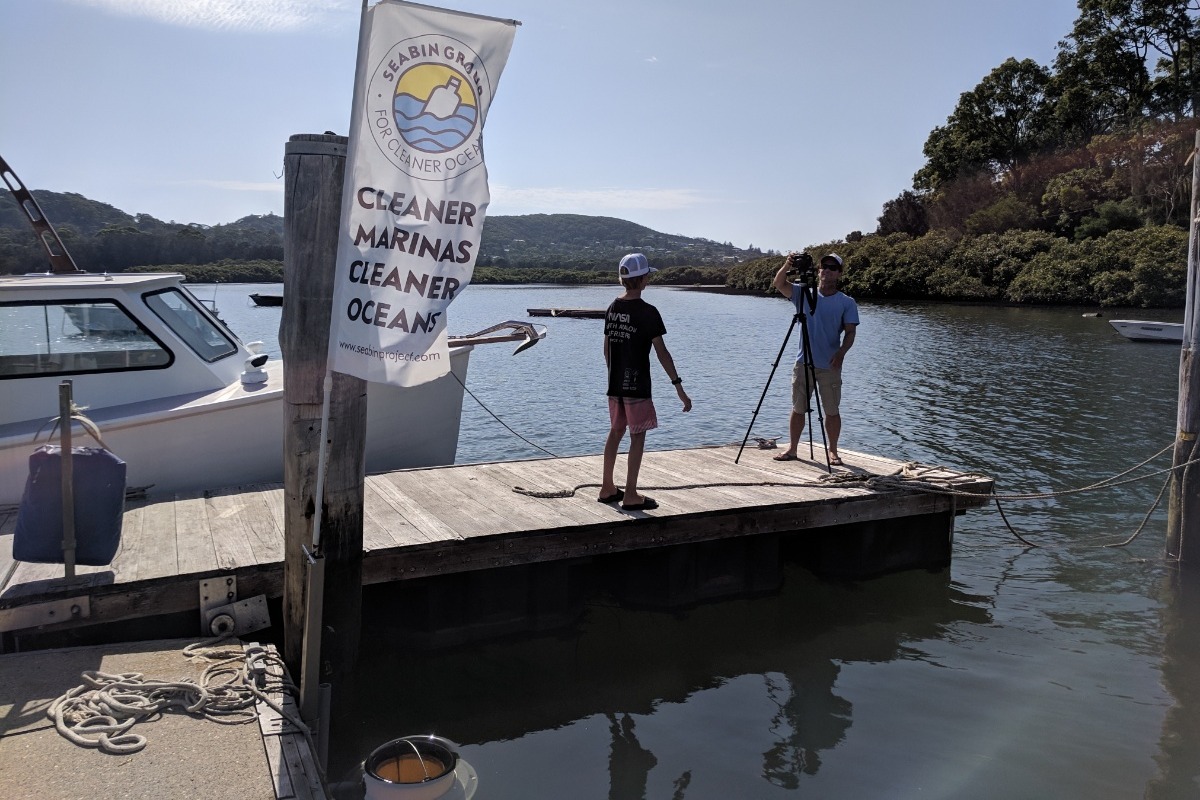
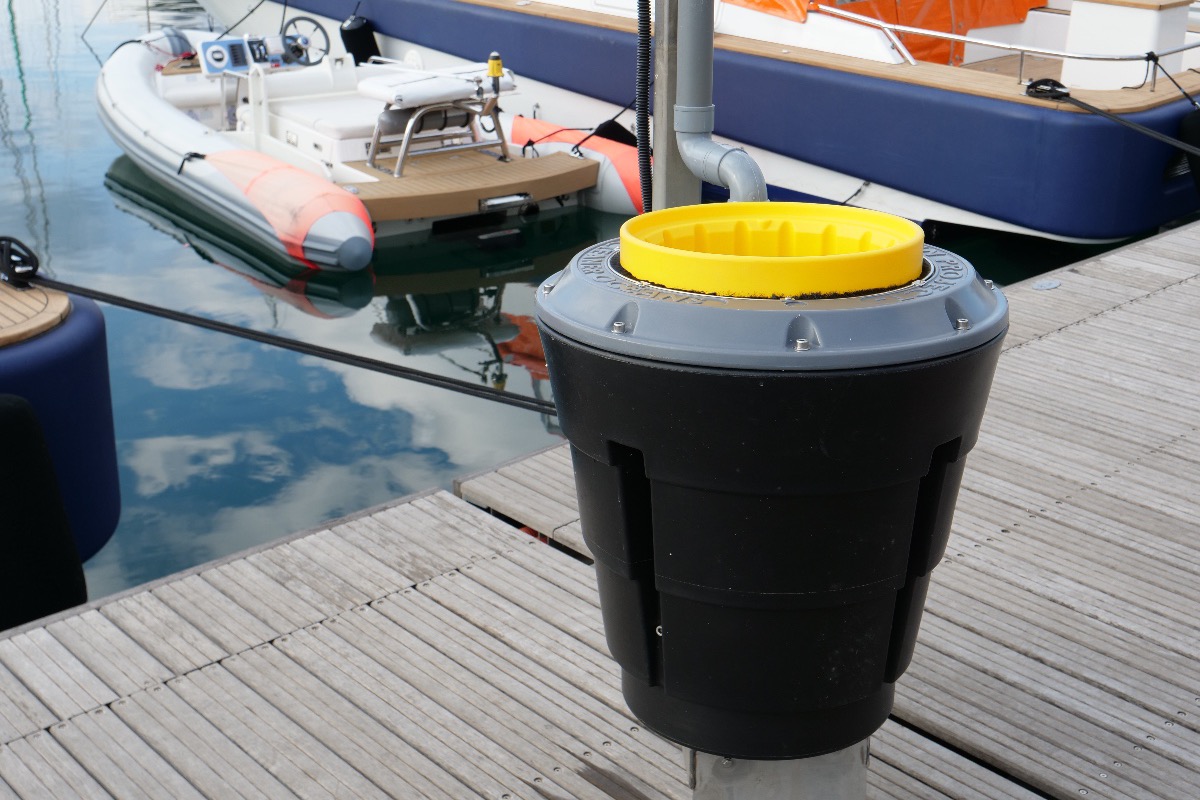
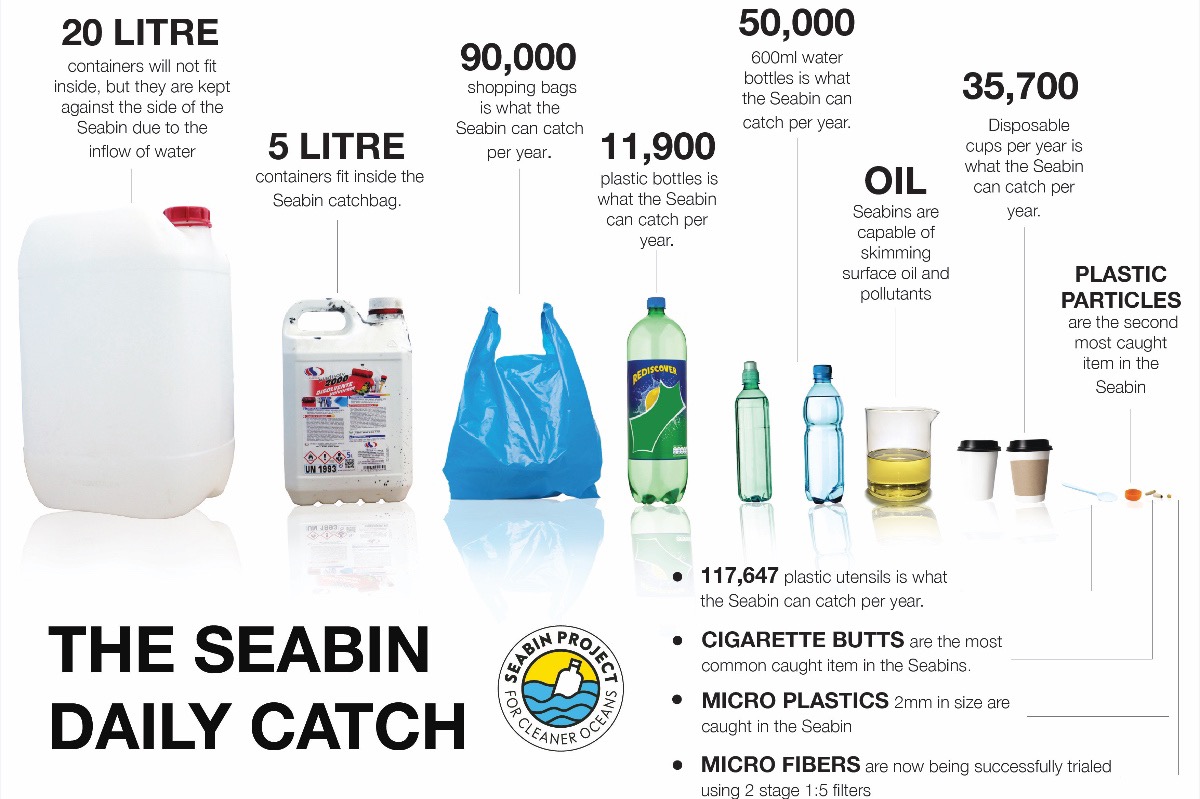
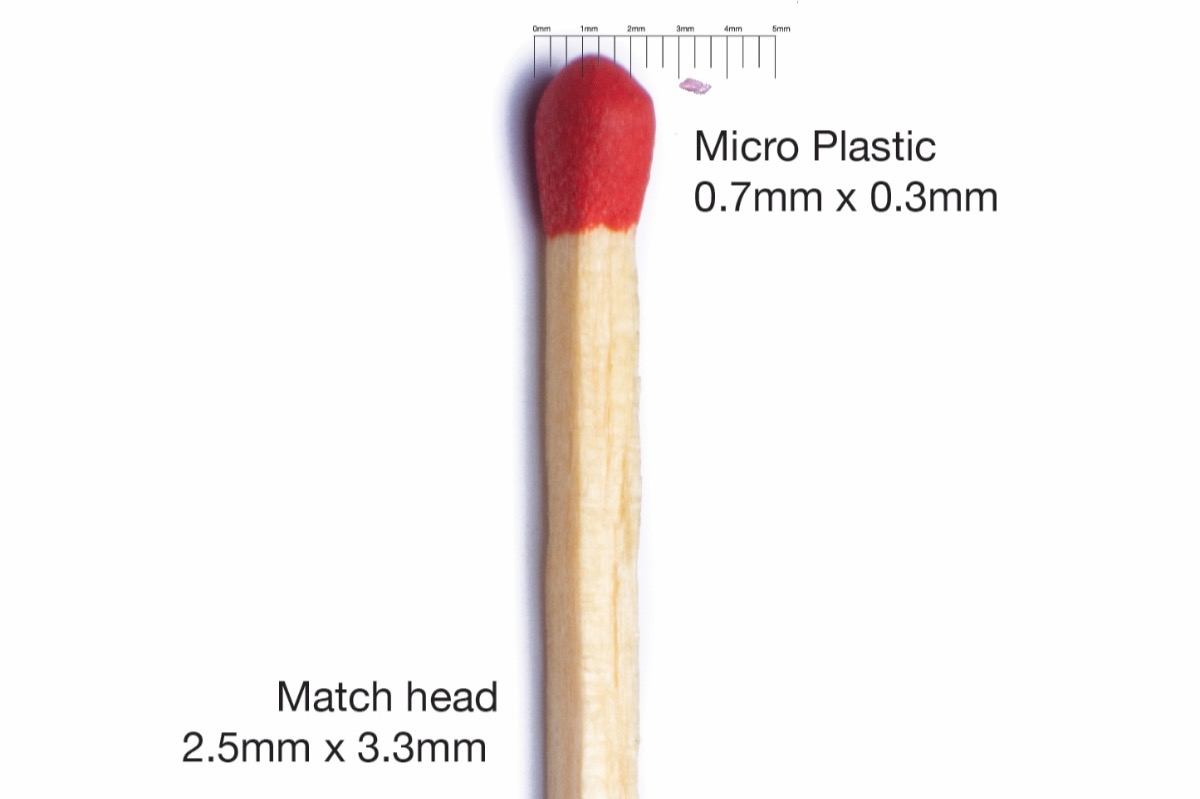

FAQS SHEET
Seabin Project FAQs
NSW National Parks And Wildlife Service First All Female Hazard Reduction Burn
Beyond The Pale
pale
noun
- a stake or picket, as of a fence.
- an enclosing or confining barrier; enclosure.
- an enclosed area.
- limits; bounds: outside the pale of his jurisdiction.
- a district or region within designated bounds.
- (initial capital letter) Also called English Pale, Irish Pale. a district in eastern Ireland included in the Angevin Empire of King Henry II and his successors.
- an ordinary in the form of a broad vertical stripe at the centre of an escutcheon.
- Shipbuilding. a shore used inside to support the deck beams of a hull under construction.
- to enclose with pales; fence.
- to encircle or encompass.
beyond the pale, beyond the limits of propriety, courtesy, protection, safety, etc.:
Their public conduct is certainly beyond the pale.
ORIGIN OF PALE
1300–50; Middle English (north), Old English pāl < Latin pālus stake.
Ashdown Forest is an ancient area of open heathland occupying the highest sandy ridge-top of the High Weald Area of Outstanding Natural Beauty. It is situated some 30 miles (48 km) south of London in the county of Sussex, England. Rising to an elevation of 732 feet (223 m) above sea level, its heights provide expansive vistas across the heavily wooded hills of the Weald to the chalk escarpments of the North Downs and South Downs on the horizon.
Ashdown Forest's origins lie as a medieval hunting forest created soon after the Norman conquest of England. By 1283 the forest was fenced in by a 23 miles (37 km) pale enclosing an area of some 20 square miles (5,200 ha). 34 gates and hatches in the pale, still remembered in place names such as Chuck Hatch and Chelwood Gate, allowed local people to enter to graze their livestock, collect firewood and cut heather and bracken for animal bedding. The forest continued to be used by the monarchy and nobility for hunting into Tudor times, including notably Henry VIII, who had a hunting lodge at Bolebroke Castle, Hartfield and who courted Anne Boleyn at nearby Hever Castle.
Ashdown Forest has a rich archaeological heritage. It contains much evidence of prehistoric human activity, with the earliest evidence of human occupation dating back to 50,000 years ago. There are important Bronze Age, Iron Age and Romano-British remains.
The forest was the centre of a nationally important iron industry on two occasions, during the Roman occupation of Britain and in the Tudor period when, in 1496, England's first blast furnace was built at Newbridge, near Coleman's Hatch, marking the beginning of Britain's modern iron and steel industry.
In 1693 more than half the forest was taken into private hands, with the remainder set aside as common land. The latter today covers 9.5 square miles (2,500 ha) and is the largest area with open public access in South East England.
The ecological importance of Ashdown Forest's heathlands is reflected by its designation as a Site of Special Scientific Interest, as a Special Protection Area for birds, and as a Special Area of Conservation for its heathland habitats. It is part of the European Natura 2000 network as it hosts some of Europe's most threatened species and habitats.
Ashdown Forest is famous as the setting for the Winnie-the-Pooh stories written by A. A. Milne, who lived on the northern edge of the forest and took his son, Christopher Robin, walking there. The artist E. H. Shepard drew on the landscapes of Ashdown Forest as inspiration for many of the illustrations he provided for the Pooh books.
Possibly as early as the 13th century, Ashdown Forest was enclosed as a hunting park, mainly for deer, by a 24-mile (39 km) long pale. This consisted of an earth bank 4–5 feet high surmounted by an oak paling fence with a deep ditch on the forest side that allowed deer to enter but not to leave. It enclosed an area of over 20½ square miles (5,300 hectares). Entry was via 34 gates and hatches, gates being used for access by wheeled vehicles, commoners' animals and mounted groups, hatches by pedestrians. These names survive in local place-names such as Chuck Hatch and Chelwood Gate. Some of these entrances were, and still are, marked by pubs, for example the 18th-century Hatch Inn[48] at Coleman's Hatch, which occupies three former cottages believed to date to 1430 that later may have housed ironworkers from the nearby blast furnace at Newbridge.
It is not known precisely when the pale was built. Forest management accounts of 1283 refer to the cost of repairing the pale and building new lengths. However, the granting of the "Free-chase of Ashdon" to John of Gaunt in 1372 and its renaming as Lancaster Great Park implies that the forest may only have been recently enclosed (chase denoted an open hunting ground, park an enclosed one).
The condition of the forest pale seems to have deteriorated significantly during the Tudor period. This coincided with, and may be partly linked to, the rapid growth under the Tudors of the local iron-making industry with its huge demand for raw materials in and around Ashdown Forest, such as charcoal and ironstone. This ultimately led to an appeal to King James, soon after his accession to the throne, for Ashdown's forest fences to be repaired in order to preserve the king's game. However, the pale seems to have fallen into almost complete disrepair by the end of the 17th century.
The bank and ditch associated with the pale are still visible in places around Ashdown Forest today, for example at Legsheath and adjacent to the car-park for Poohsticks Bridge on Chuck Hatch Lane.
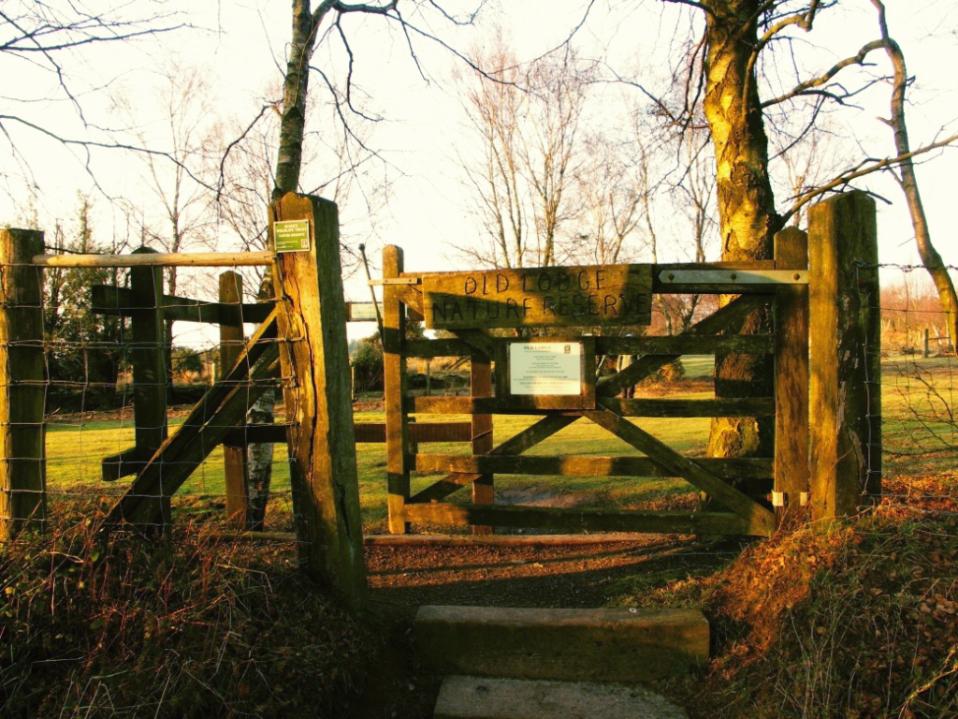
Abbie Galvin Announced As First Female NSW Government Architect
AIA NSW Chapter President Kathlyn Loseby welcomed the appointment and described Abbie Galvin as 'An eminent architect and Fellow of the Institute'. She added: 'Ms Galvin has distinguished herself through her portfolio of projects and through her involvement in architectural education, advisory panels and initiatives such as the creation of Sydney Open'.
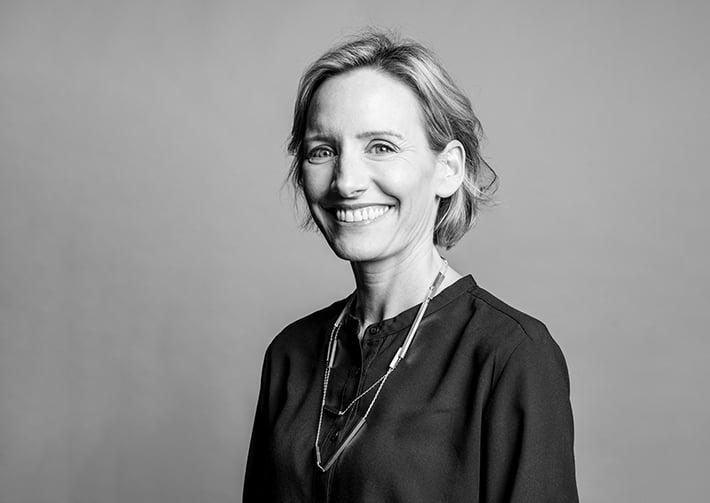
Mary Had A Little Lamb Based On A True Story
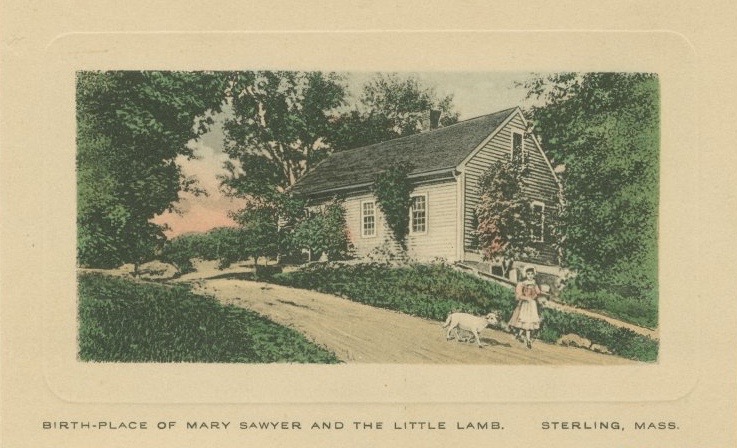
"Sarah began teaching young boys and girls in a small school not far from her home [in Newport, New Hampshire]...It was at this small school that the incident involving 'Mary's Lamb' is reputed to have taken place. Sarah was surprised one morning to see one of her students, a girl named Mary, enter the classroom followed by her pet lamb. The visitor was far too distracting to be permitted to remain in the building and so Sarah 'turned him out.' The lamb stayed nearby till school was dismissed and then ran up to Mary looking for attention and protection. The other youngsters wanted to know why the lamb loved Mary so much and their teacher explained it was because Mary loved her pet. Then Sarah used the incident to get a moral across to the class:
And you each gentle animal,
In confidence may bind,
And make them answer to your call,
If you are always kind."
Of course, others also claimed to be that first 'Mary' with the little lamb. In Wales, Mary Hughes, of Llangollen, Denbighshire, was credited with being the subject of the nursery rhyme supposedly penned by a woman from London by the name of Miss Burls. The only problem with this U.K. version of events is that Mary Hughes wasn’t born until 1842, twelve years after Hale’s version of the poem was published. Still, those claims persisted, even in the newspapers of here:
_(14777978454).jpg?timestamp=1570667005936)
The Deeper These Octopuses Live, The Wartier Their Skin
NASA's Curiosity Rover Finds An Ancient Oasis On Mars
